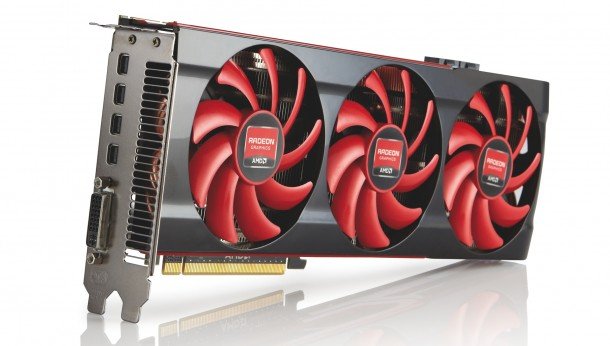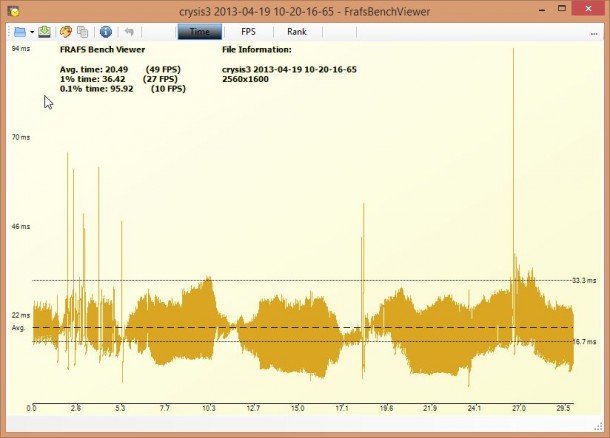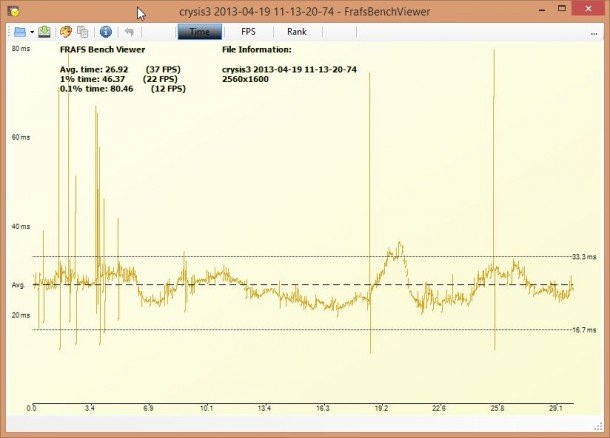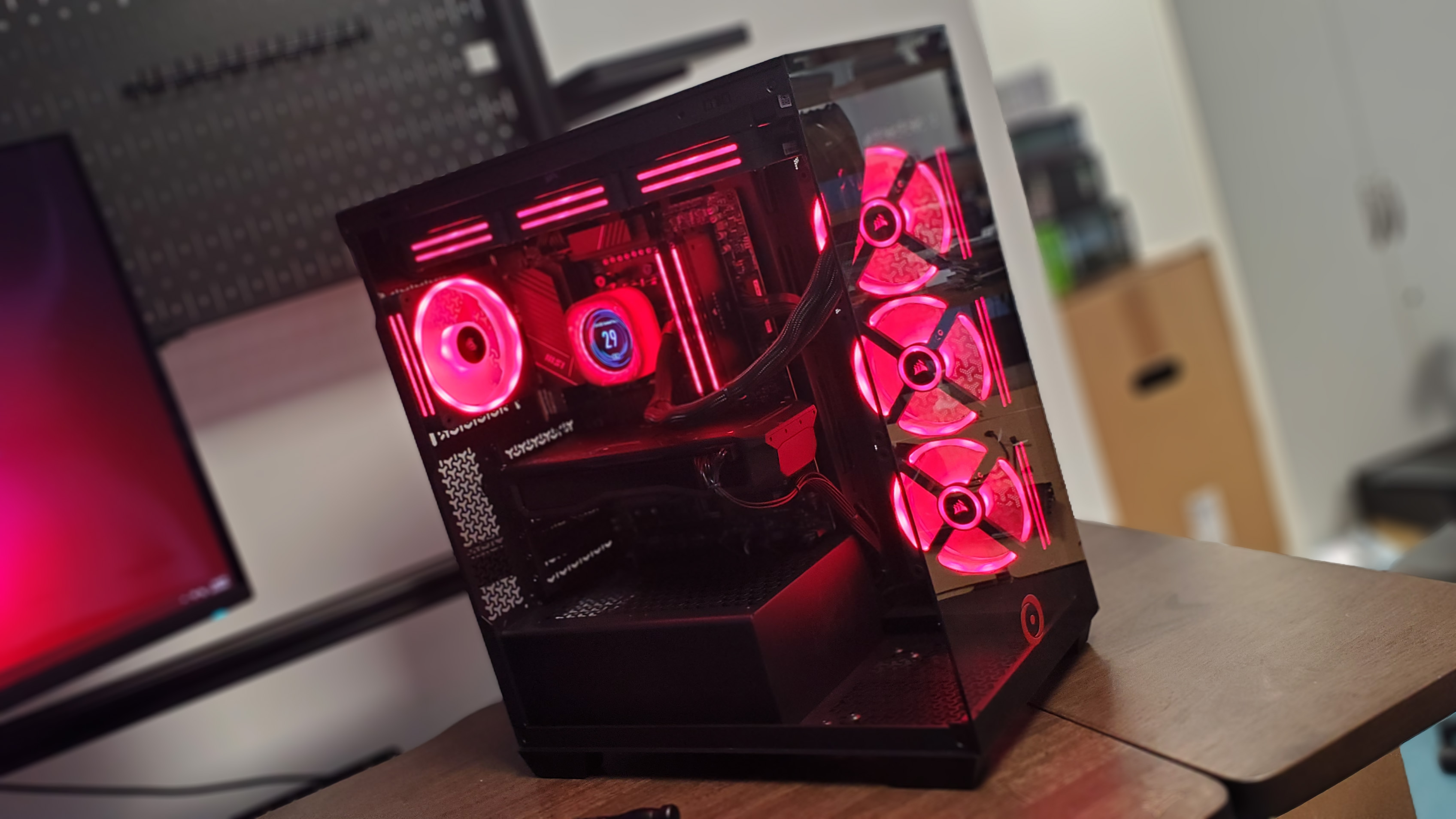AMD Catalyst 13.8 beta drivers ditch multi-GPU micro-stutter

Good news for anyone who's experienced the micro-stutter you can get from multi-GPU set-ups, AMD claim to have killed it completely in Crossfire scenarios with their latest Catalyst 13.8 beta drivers.
Micro-stuttering - if you've never encountered this foul effect - is frame rendering delay that occurs despite high average frame rates. Each frame in a sequence is rendered alternately by the connected GPUs and the juddering occurs because there can be variance between how long it takes for a given frame to be delivered. It occurs more frequently in CrossFire than SLI and, curiously, the effect is negated if you add a third GPU to the mix. Have the 13.9 drivers successfully banished micro-stuttering? If you're thinking "the answer had better involve some graphs" then prepare to not be disappointed.


The Catalyst 13.8 beta introduces CrossFire Frame Pacing - switched on by default - which ensure frames rendered across multiple graphics cards are displayed at a regular and even pace. It does this by ensuring there is a fixed delay on when a frame is delivered by a given GPU, which means that each frame in a sequence will be delivered with the same time constraints offering a far smoother experience.
There are some notable caveats though - EyeFinity users need not apply. CrossFire Frame Pacing is only available on single displays with resolutions up to 2560x1600, and won't work with any DirectX 9 games. So, Witcher 2 is right out. You can't see it, but my face is sad.
Anyone hoping to use multiple graphics cards to render high-resolution, multi-screen games (you mad, beautiful fools!) are still going to be stuck sucking up the dreaded micro-stutter. Well, unless they go for three graphics cards.
The biggest gaming news, reviews and hardware deals
Keep up to date with the most important stories and the best deals, as picked by the PC Gamer team.

Dave has been gaming since the days of Zaxxon and Lady Bug on the Colecovision, and code books for the Commodore Vic 20 (Death Race 2000!). He built his first gaming PC at the tender age of 16, and finally finished bug-fixing the Cyrix-based system around a year later. When he dropped it out of the window. He first started writing for Official PlayStation Magazine and Xbox World many decades ago, then moved onto PC Format full-time, then PC Gamer, TechRadar, and T3 among others. Now he's back, writing about the nightmarish graphics card market, CPUs with more cores than sense, gaming laptops hotter than the sun, and SSDs more capacious than a Cybertruck.

